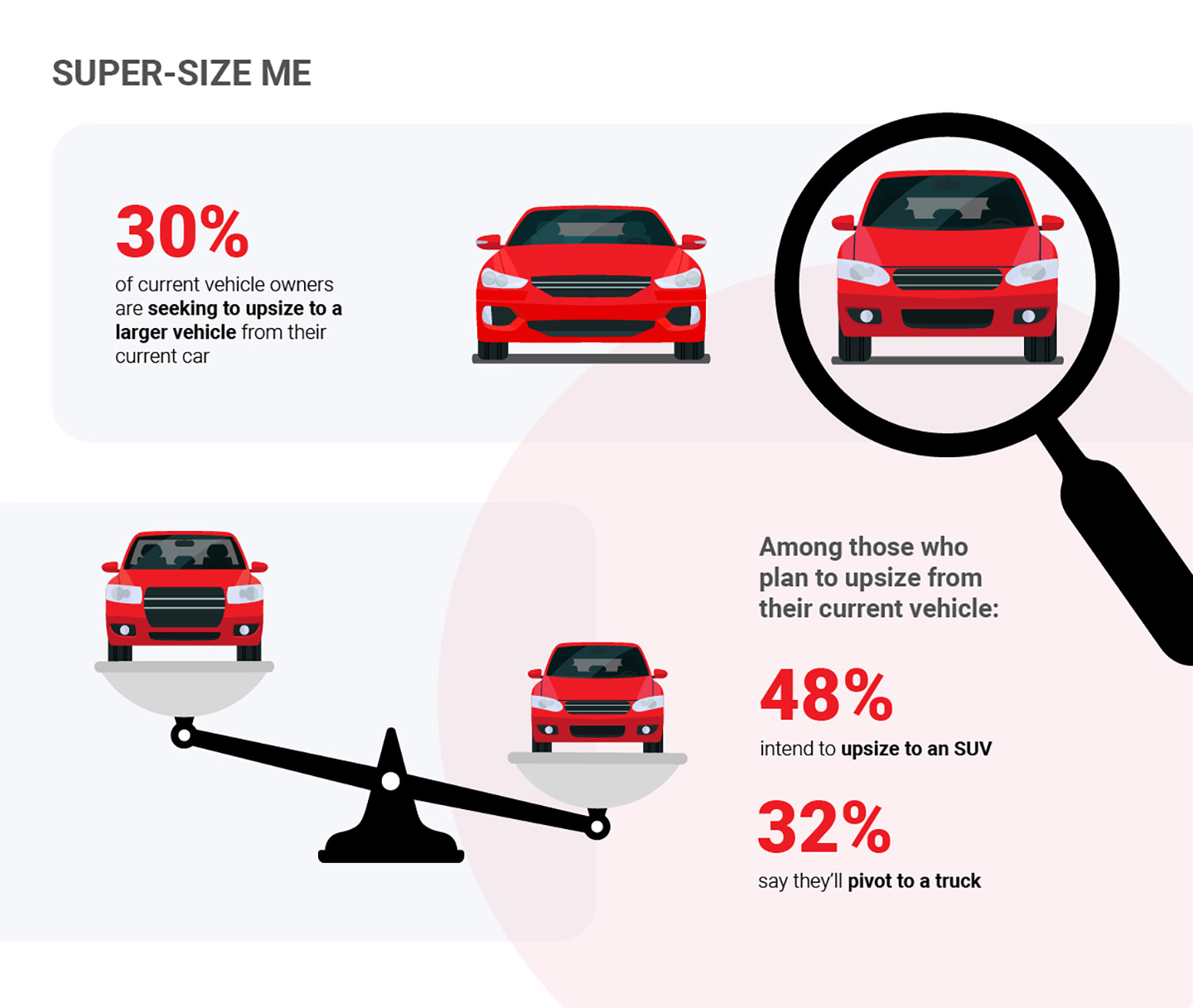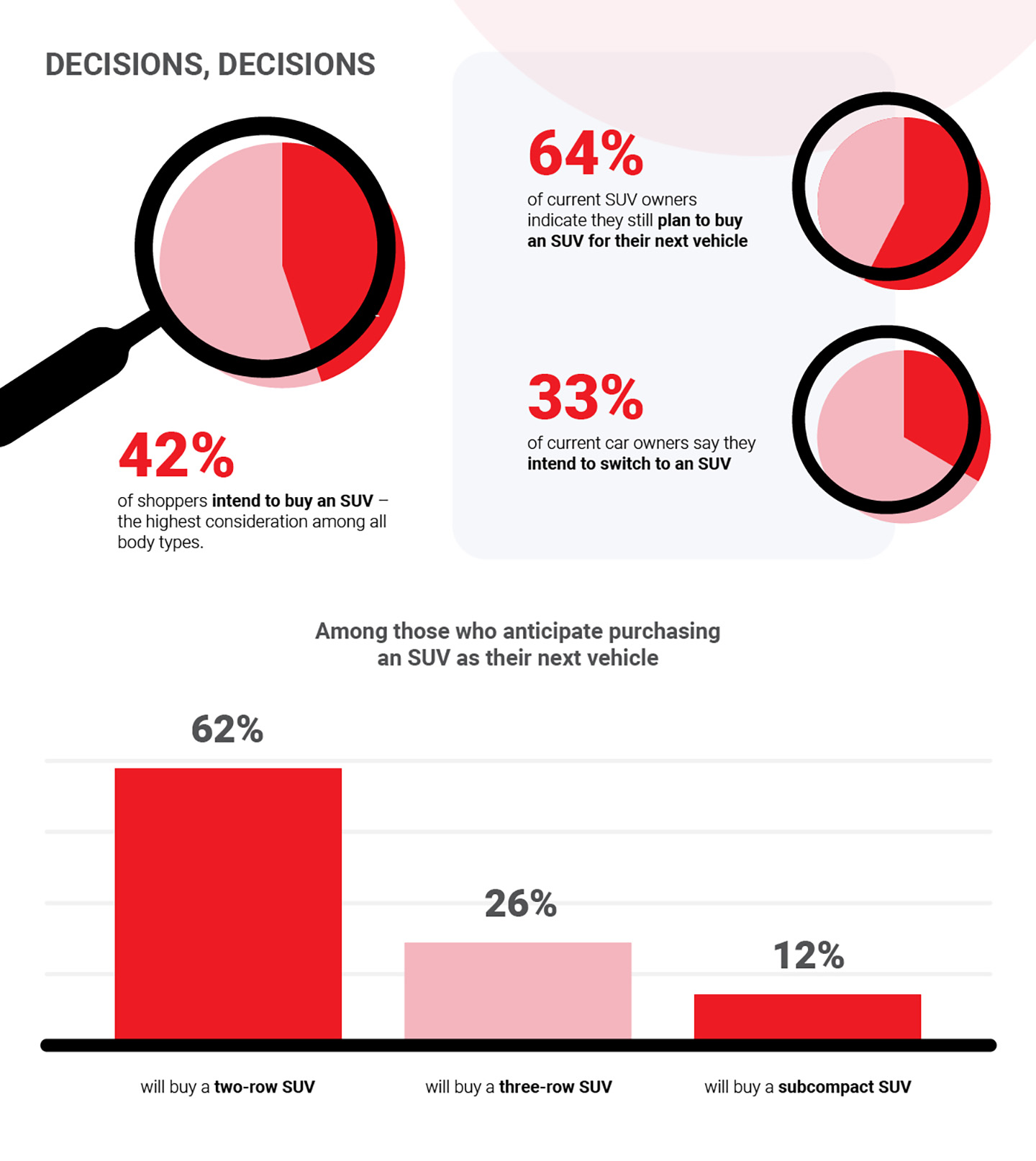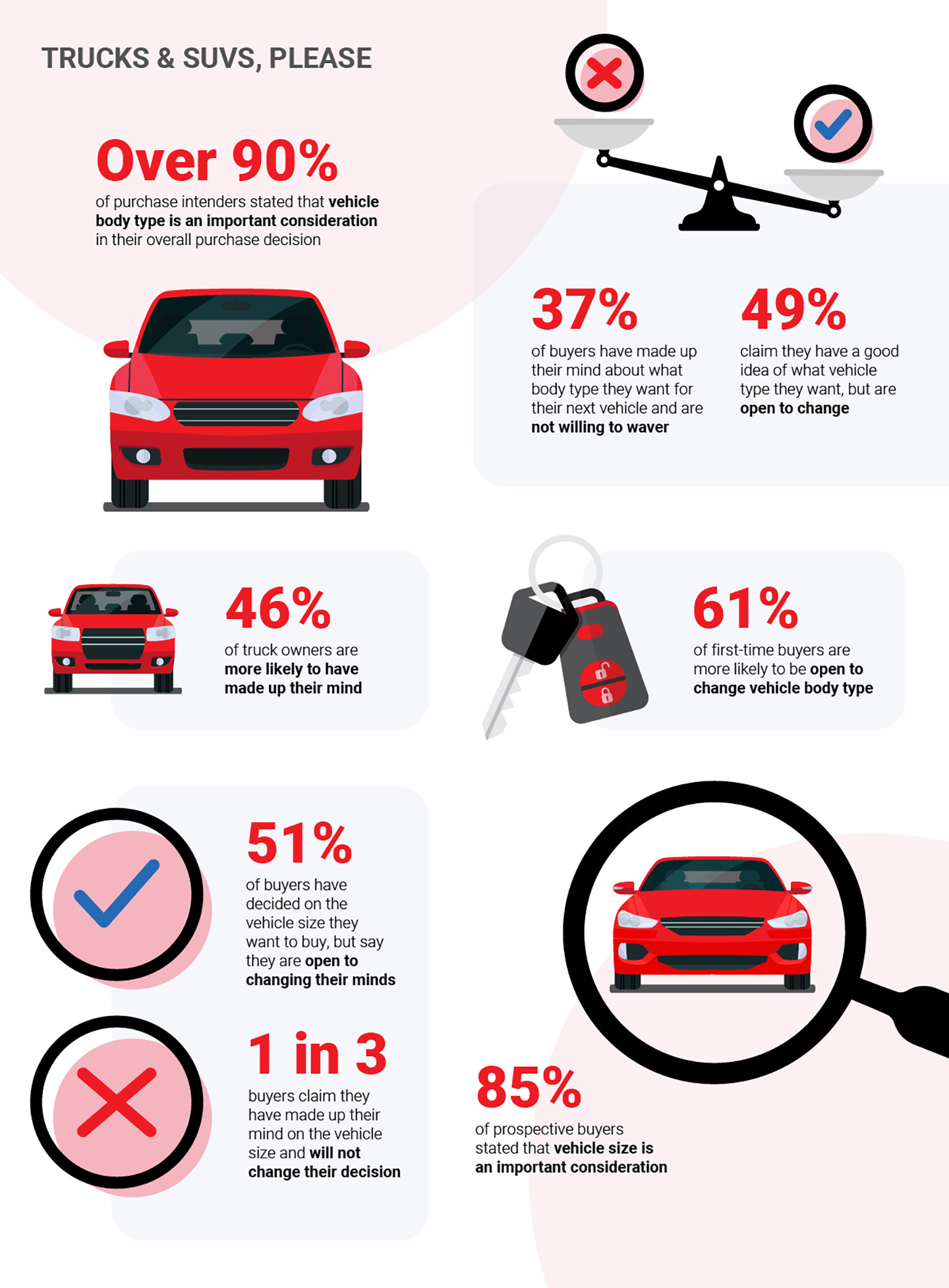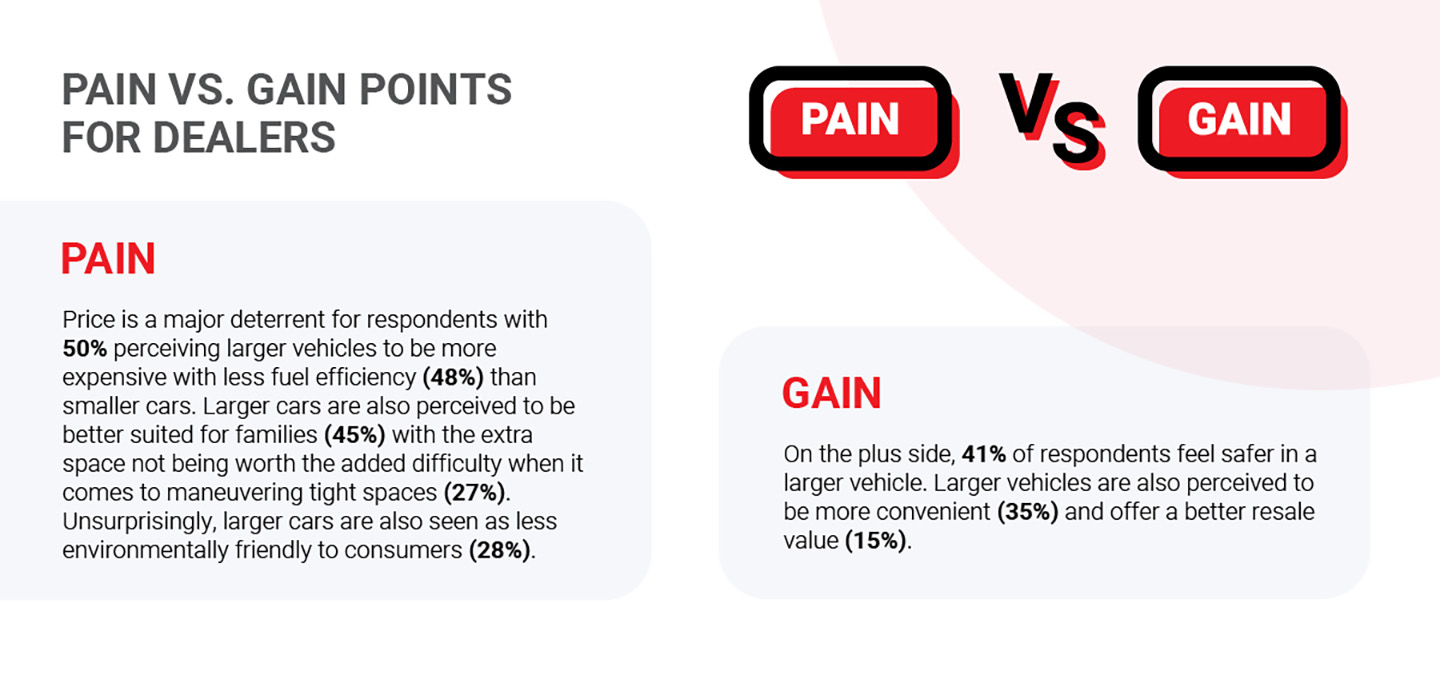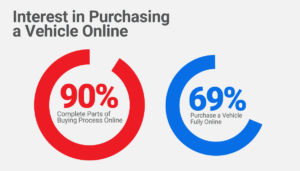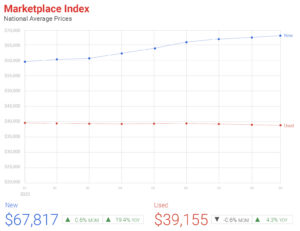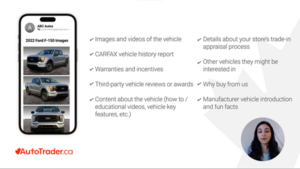AutoTrader.ca continually monitors for trends on its various platforms, which spans hundreds of thousands of vehicle listings and millions of users, and in recent years it has become clear that there has been a seismic shift away from traditional sedans in favour of larger crossovers, SUVs and trucks.
Part of the explanation for this may be that North American vehicle manufacturers have been enthusiastically pushing larger, more expensive vehicles through their consumer advertising and marketing efforts. However, this may well be in response to consumer demand, as larger SUV and pickup truck sales have been gaining pace across North America for the past five years, and there is no sign of things slowing down.
Some believe that with more vehicles on the road than ever, drivers feel safer driving an SUV or truck rather than a car. Others assert that with growing families and activities ramping up, it’s all about practicality and versatility. While a third group contends that driving a larger vehicle is all about status. Regardless of the reasons, the shift away from smaller vehicles is clearly the result of an evolution in consumer taste preferences.
Super-Size Me
According to a recent AutoTrader.ca online study that polled Canadians car shoppers who said they intended to buy a vehicle within the next two years, almost one-third (30%) of current vehicle owners said they are seeking to upsize to a larger vehicle from their current car. Among those who plan to upsize from their current vehicle, nearly half (48%) intend to upsize to a SUV, while another 32% say they’ll pivot to a truck. Among those who plan to upsize, more cargo space, better seating comfort, and more seats are the top reasons for going big.
